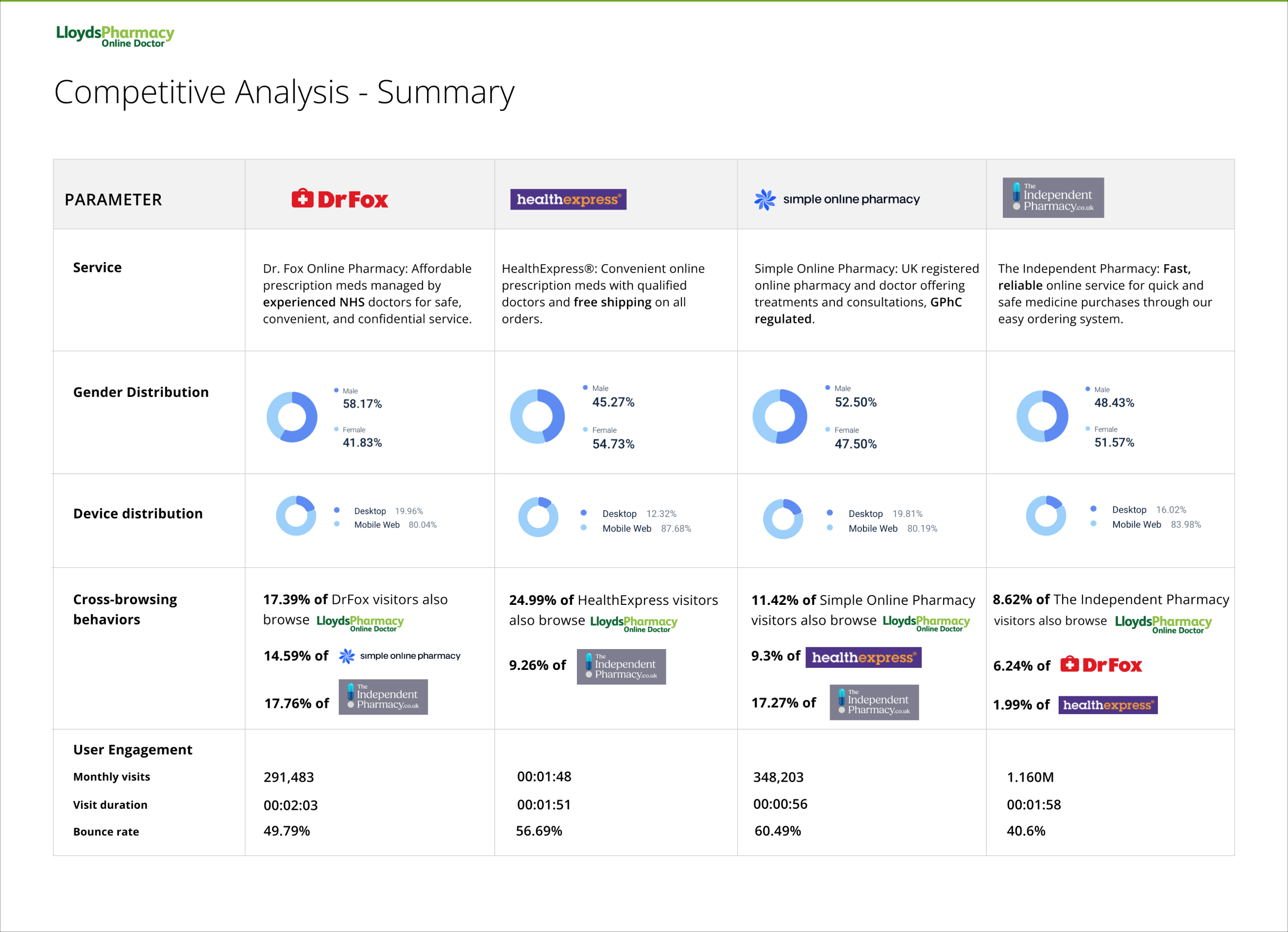Healthcare App


Healthcare professionals face challenges in efficiently managing patient information, appointments, and diagnostic data due to fragmented and outdated systems. These inefficiencies result in:
1. Difficulty in Quickly Accessing Patient Information
2. Inefficient Appointment Management
3. Lack of Real-Time Data and Insights
4. Poor Patient Communication
5. Administrative Overload
The proposed solution aims to provide quick and easy access to consolidated patient information, streamline appointment scheduling and management, offer real-time data visualization and insights to support informed decision-making, enhance communication between healthcare providers and patients, and reduce the administrative burden, allowing healthcare professionals to focus more on patient care.
I follow a thorough UX process to develop digital solutions that not only properly solve user needs, but also deeply resonate with users, improve their experience, and contribute to the company's overall success.
Focusing on research-driven insights, collaborative processes, responsive design principles, and continuous improvement, UI/UX design aims to deliver products that are intuitive, accessible, and enjoyable to use across various devices and platforms.
Clear Communication: Ensure essential information like doctor qualifications, shipping, and regulatory compliance is prominently displayed to foster trust and confidence among users.
Streamlined Ordering Process: Design a streamlined ordering system for smooth user experience, reducing friction and boosting conversion rates.
Personalised Recommendations: Implement personalised recommendations based on user preferences and browsing history for easier discovery of relevant products and services.

Based on this, we focused on these areas of UX to enhance accessibility and inclusivity for all users:
Accessibility Challenges, Complex Forms and Processes, Lack of Visual Clarity, Limited Language Support, Inadequate Communication Channels, Privacy Concerns.


In summary, this presentation highlighted that a majority of people prefer accessing their health records on their mobile phones, indicating a growing demand for convenient digital healthcare solutions.

Women's unique health challenges, including reproductive health, hormonal fluctuations, and societal disparities, necessitate a holistic and equitable approach to address their pain points in healthcare.

The increasing prevalence of chest pain underscores the urgency for comprehensive medical attention and intervention.

Incorporate intuitive interfaces and personalized recommendations to seamlessly guide users toward healthier choices in their online journey.

Provide comprehensive care that addresses physical, mental, and emotional well-being, including resources for stress management and mental health support.